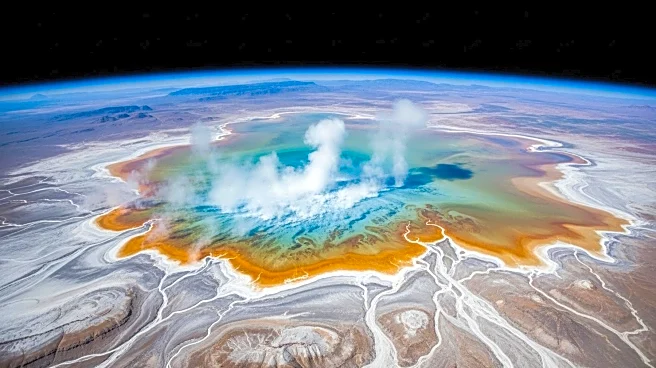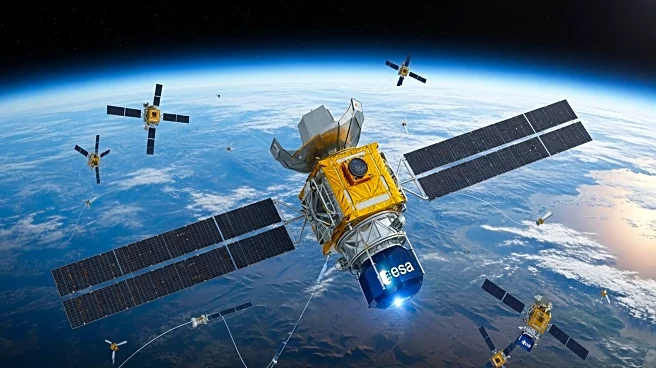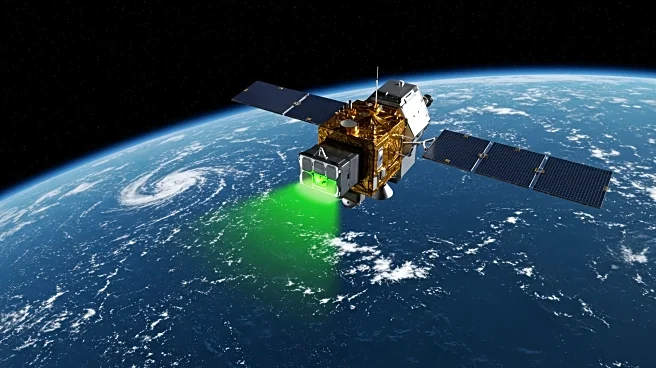Rapid Read • 6 min read
NASA and the USGS are utilizing satellite imagery to monitor the retreat of glaciers in Patagonia, Chile. Images from Landsat 5 and Landsat 7 show significant glacier retreat between 1986 and 2002, with one glacier receding nearly 10 kilometers. This retreat has led to the formation of ribbon lakes and changes in water bodies. The data is crucial for scientists and government managers to understand the impact of climate change on glacier dynamics and water resources in the region.
AD
The retreat of glaciers in Patagonia is a clear indicator of climate change, affecting local ecosystems and water availability. Monitoring these changes is vital for developing strategies to mitigate the impacts on biodiversity and human communities. The data collected can inform policy decisions and conservation efforts, highlighting the importance of satellite technology in environmental monitoring. This research contributes to global understanding of climate change and its effects on natural landscapes.
The retreat of glaciers not only impacts local water resources but also has broader implications for global sea level rise. As glaciers melt, they contribute to rising sea levels, posing risks to coastal communities worldwide. The study of glacier dynamics in Patagonia can provide insights into similar processes occurring in other parts of the world, emphasizing the need for international cooperation in climate research and action.
AD
More Stories You Might Enjoy










